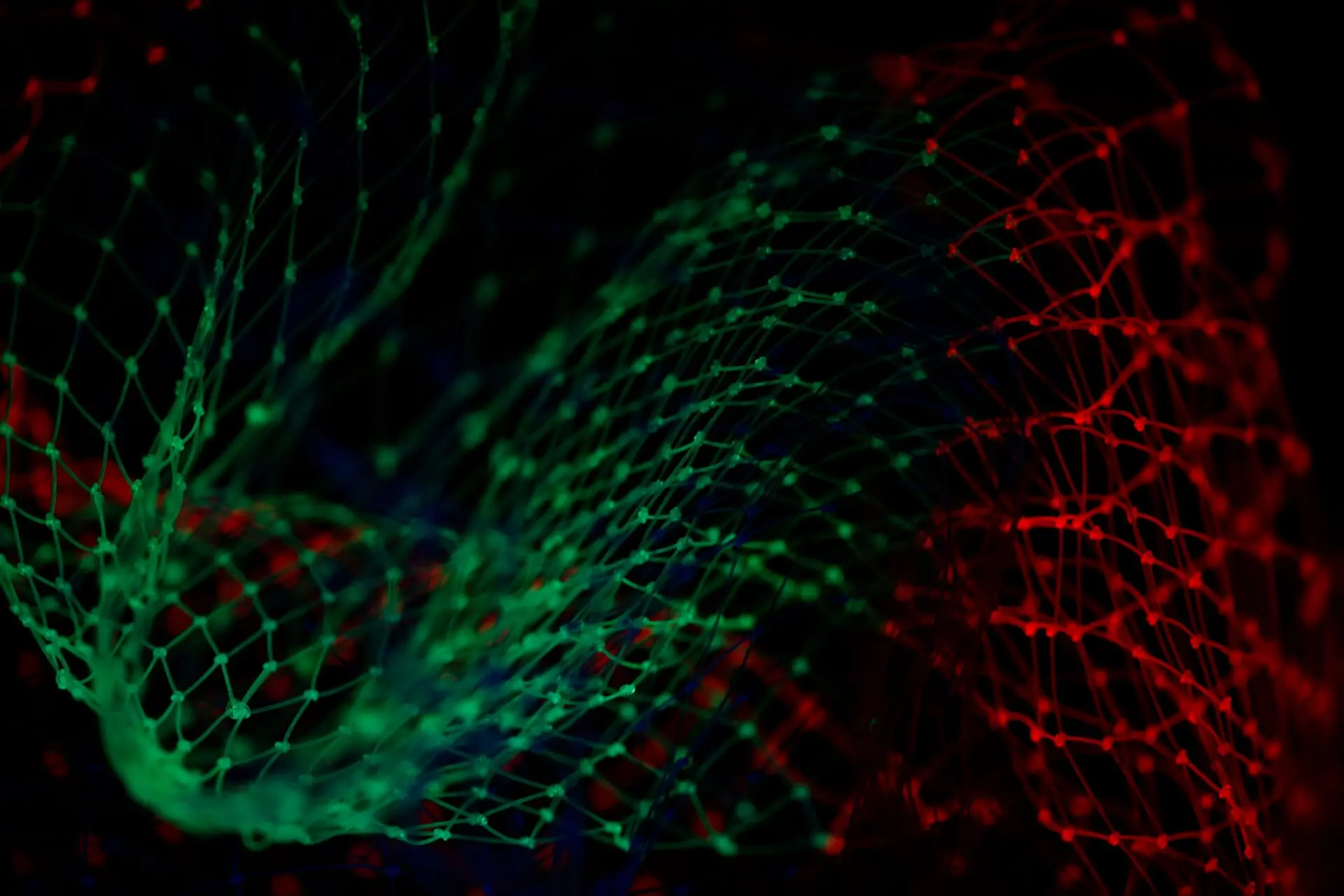The internet of things — “smart” devices that send and receive data using the internet — seems poised to radically change how we live and work. While the tech is often associated with “smart” consumer devices, IoT in the health care market is also having a significant impact.
The remote connectivity that IoT tech offers can allow doctors to keep an eye on patient health throughout the day. This information is invaluable — especially as health care facilities around the world begin experimenting with telehealth and other remote health services.
Here is how IoT is changing the health care technology market.
Smart Patient Monitoring
Doctors and nurses can use IoT-enabled remote patient monitoring solutions to keep an eye on patient vitals without needing to be in close contact. That’s a critical feature for hospitals trying to manage distance between patients and staff.
These monitoring solutions come in many different forms. For example, there are smart hospital beds that integrate patient monitoring tech directly into the bed itself. These beds track patient vitals, allowing for continuous monitoring of patient health. They can automatically alert doctors if a patient’s health becomes critical.
Data from some smart beds can also be fed into hospital record systems or administrative systems that track how many beds are currently available. When a patient is discharged, the smart bed can automatically update its status. Such features enable administrative staff to move new patients into beds as soon as they’re available.
Smart Health Wearables
Manufacturers are beginning to offer consumer health care devices with IoT connectivity. New glucose monitors, thermometers and electrocardiograms feature internet connectivity. Then, patients and doctors can track health information. This health data is especially valuable when updated over time, allowing doctors to see fluctuations in vitals throughout the day.
In some cases data from these devices are even being used to inform public health policy. Kinsa, a manufacturer of smart thermometers, made headlines in early April 2020 after the company began publishing data on elevated flu symptom rates from its thermometers in an online map.
The data, intended to help the public track the spread of the novel coronavirus outbreak, was updated in real-time, unlike official numbers. The data-set was so valuable that some public health officials even began using the information to keep track of the virus’s spread.
Many consumer wearables are also beginning to incorporate advanced health tech. Some of the newest Apple Watches and Fitbits, for example, come with photoplethysmogram (PPG) sensors. These sensors, which track changes in blood volume, can provide both patients and doctors with valuable, real-time data on heart rate, blood pressure and blood oxidation.
The new Apple Watch also comes outfitted with an electrocardiogram (ECG. It tracks similar heart health information.
These wearable sensors can be a valuable tool for doctors who want to track the health of patients prone to heart disease — one of the leading causes of death in America — without regular visits to the doctor’s office. As more and more practices begin offering telehealth services, these devices may become even more useful for doctors.
IoT Devices Reshape the Health Care Device Industry
New IoT devices in the health care market have transformed our personal lives and numerous industries. IoT health care devices — which primarily enable remote patient monitoring — offer big benefits for doctors and patients.
Influence from outside the industry may speed up the adoption of this new tech.
It’s no secret that major tech companies, like Google, Microsoft and Apple, are looking for ways to break into the health care industry. All three of the businesses have made headlines in the past few years with new health care projects and deals with major hospitals.
It’s likely that smart medical devices will be a key component of their strategy. Microsoft recently updated its cloud platform, Azure, with features designed to make it easier for health care device companies to integrate IoT support. The company even hosts a tutorial on how device designers can create templates for IoT patient monitoring apps on its website.
Over the next few years, as new IoT-based health care devices become available — and as major tech companies continue to push for influence within the health care industry — adoption of IoT tech may accelerate.
Recent Stories
Follow Us On
Get the latest tech stories and news in seconds!
Sign up for our newsletter below to receive updates about technology trends




